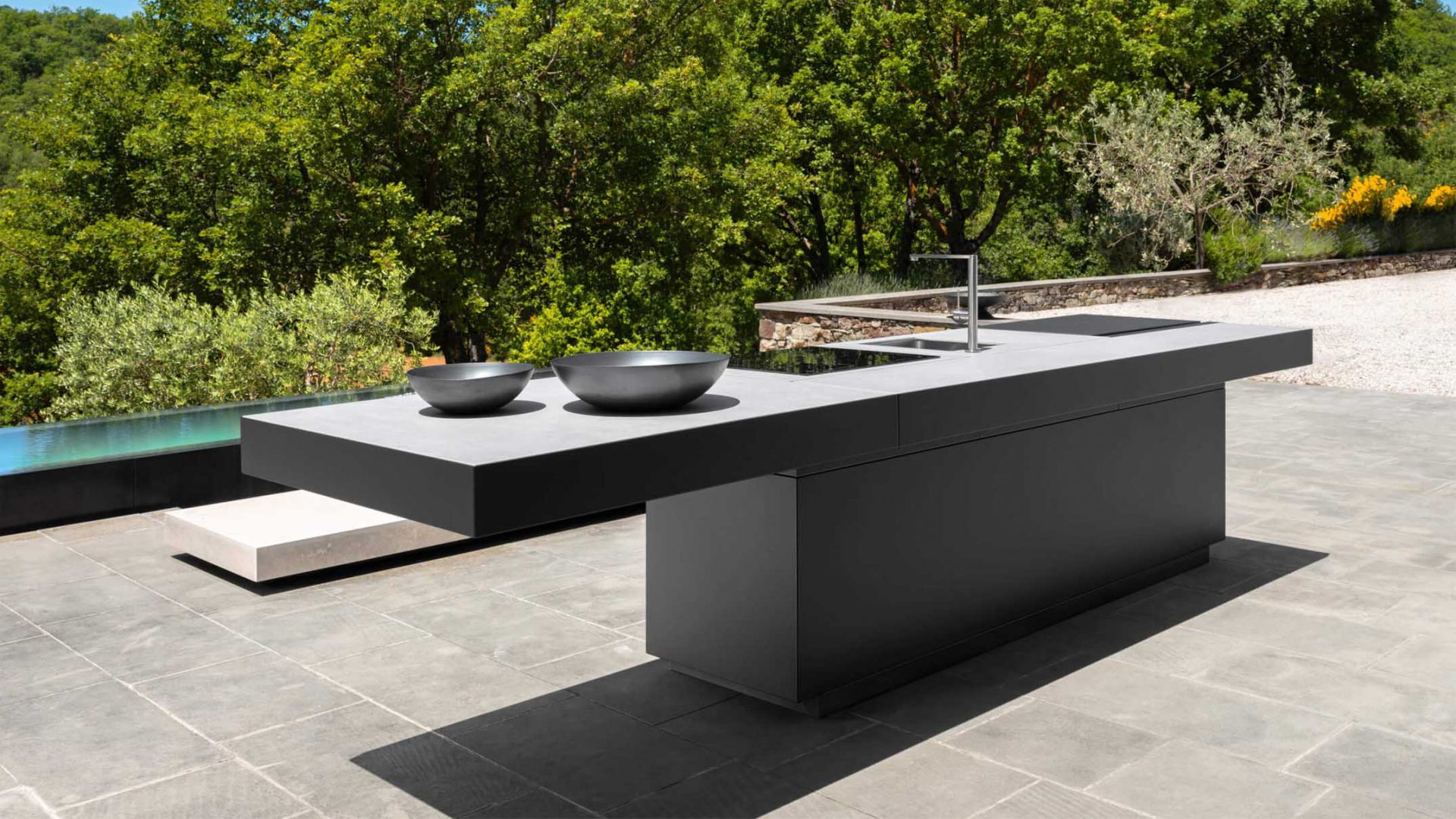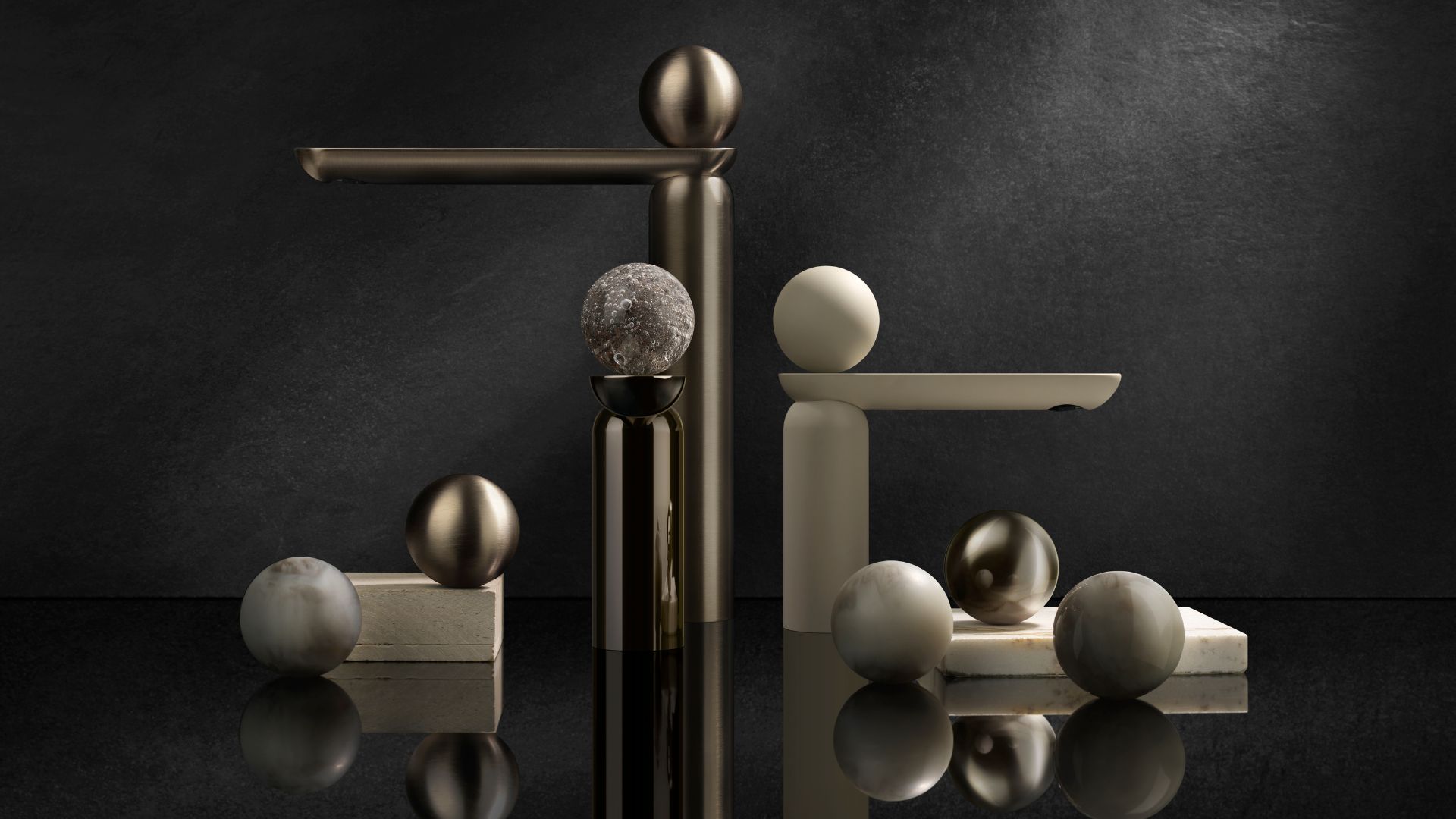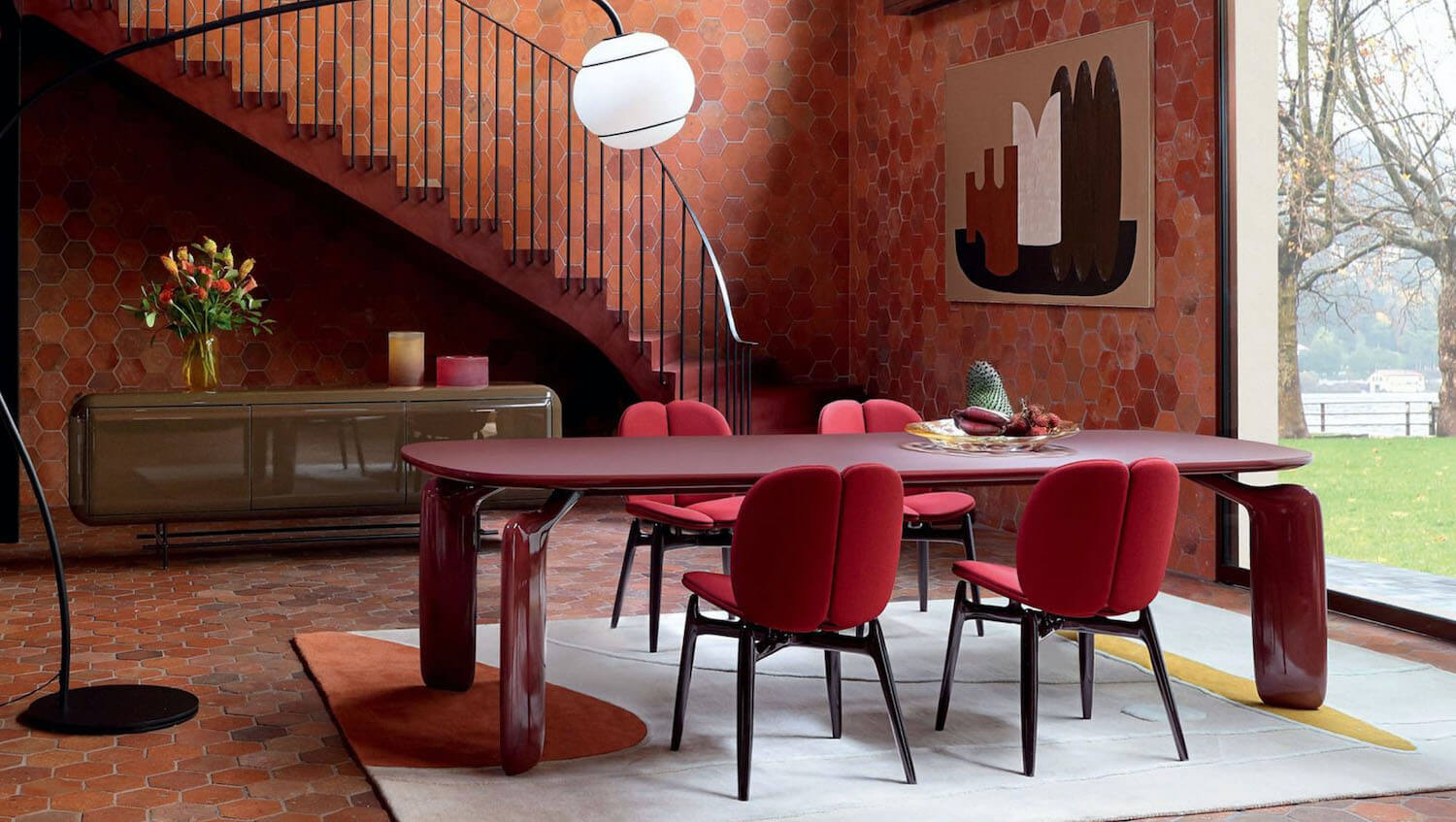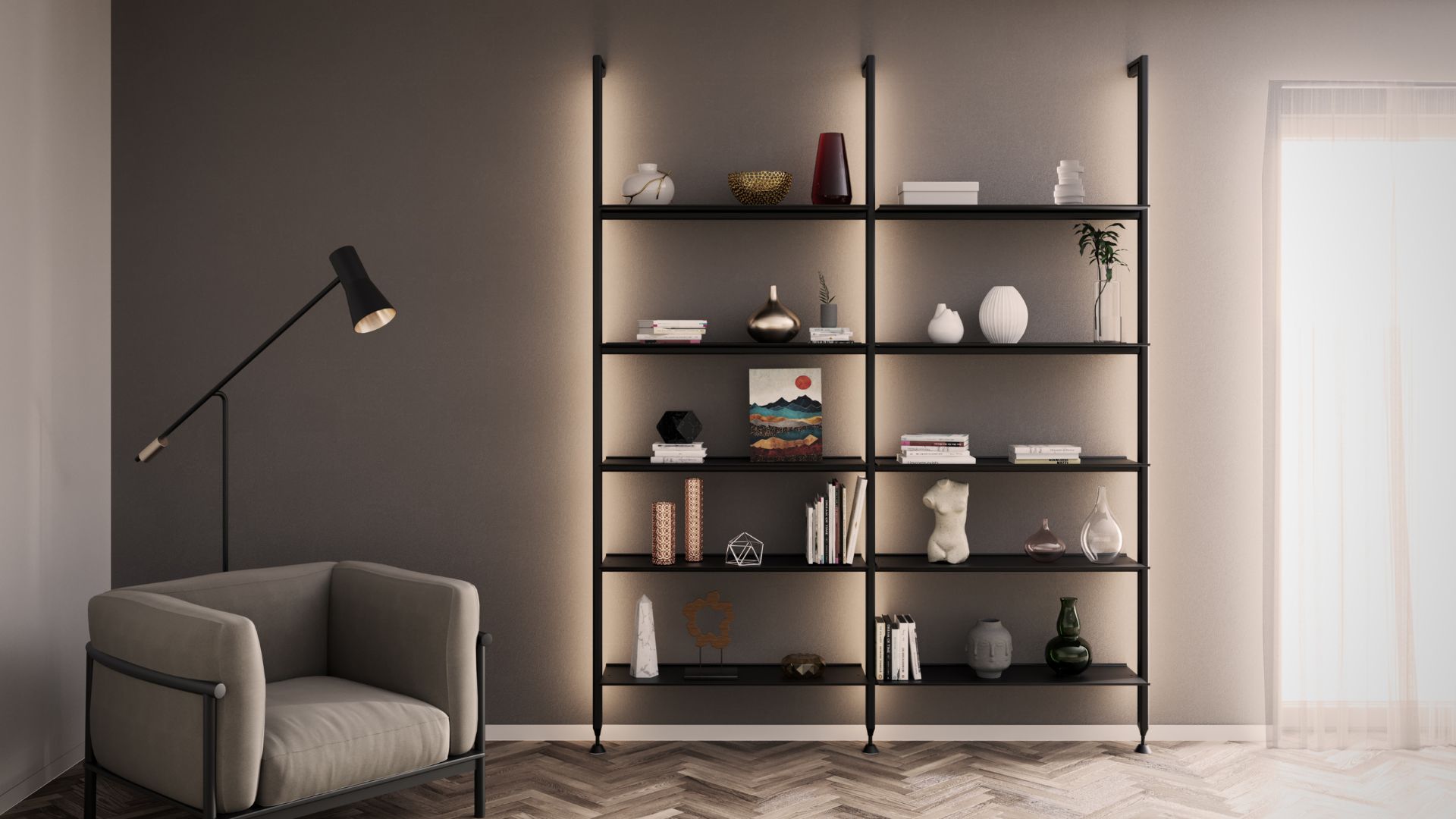Sustainable design for public interior landscapes – Green Furniture Concept
Established by designer Johan Berhin, Green Furniture Concept creates sustainable modern classics with heart, soul and responsibility at its core

Founded in 2007 by designer Johan Berhin, Green Furniture Concept focuses on creating modular and sustainable design for public interior landscapes. Based on the idea of designing sustainable modern classics, Green Furniture Concept produces furniture pieces with heart, soul, and responsibility.
Each product designed by Green Furniture Concept displays a strong emotional language that forges the relationship between people and the product. With modularity at its core, each piece provides never-ending configurations giving unlimited possibilities of use in all spaces.
Through their ambition to create great things, Green Furniture Concept pursues sustainability through their practice, design, and production of their furniture. Impressed by their sustainable efforts, DesignWanted interviewed founder and designer Johan Berhing and found out more about Green Furniture Concept, their design process, and what is next for them.
Gallery
Open full width
Open full width
Why Green Furniture Concept? Why sustainable design for public interior landscapes?
Johan Berhin:
“Starting to make furniture we were shocked by how smelly the production was that we could source. We decided to make Green furniture to show the world that furniture can be both well designed, functional, and sustainable.
Ten years ago, we got in contact with Stockholm Central Station. They liked the design and sustainability. On maintainability for public interiors, they told us their dreams in detail. A year later, we managed to fulfill these dreams and got to furnish the whole station with our Ascent Series. From there, the step to other public interior landscapes around the world was not so big.”

Airports, stations, terminals, universities, schools, hospitals: what are the main challenges in developing furnishing projects for public spaces?
Johan Berhin:
“There is a considerable potential to improve the first impression of these places. We found the design keys to this, timeless design that also lasts. This long-lasting, practical, and very maintainable aspect is essential to get likes from the cleaners and the facility management.”

What makes your practice sustainable? Can you tell us about the use of natural and upcycled materials?
Johan Berhin:
“We have a circular approach – to use only non-toxic materials that are part of a natural or technical loop. We have also fought to get this into the last details, like PVC free cables to our chargers and 100% ocean plastics in the little gliders under the seating.
We want our furniture back after a life cycle, to restore and put back on the market again. Some business innovation was needed to make this happen and have started to offer to buy back our seating when clients don’t need them anymore.”
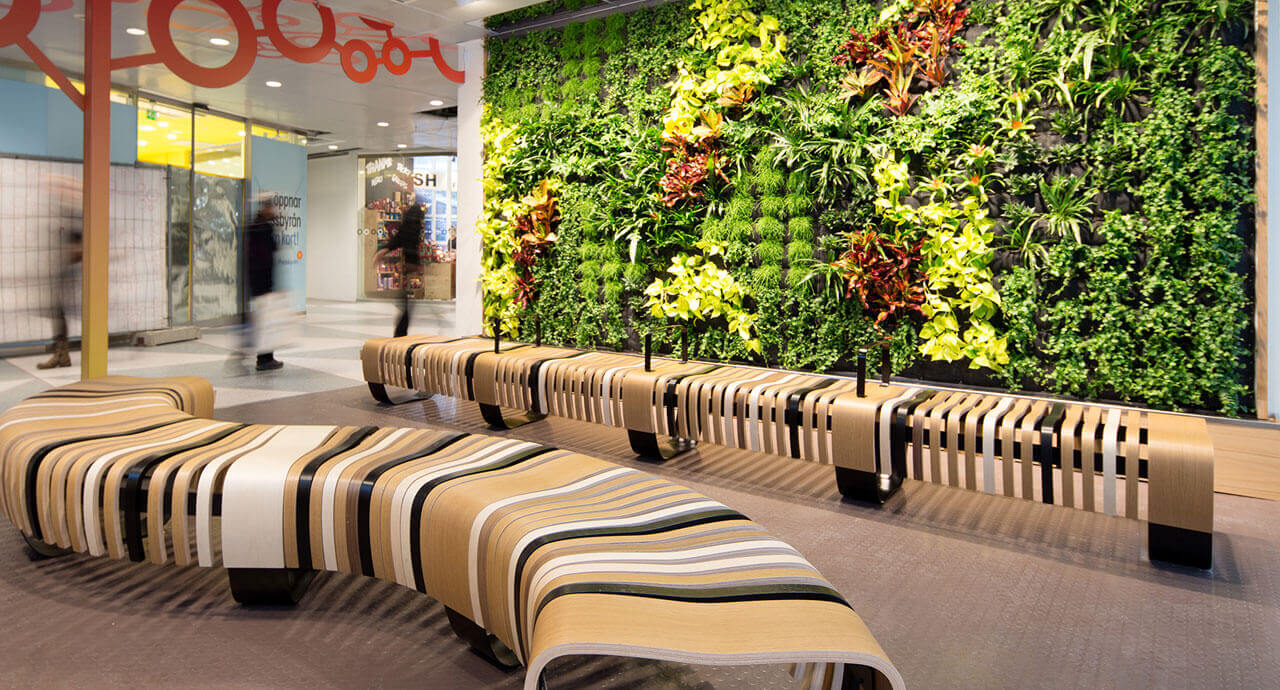
Is it possible to entirely eliminate the hazardous impact of wood and metal on the environment?
Johan Berhin:
“Growing trees is a good thing for the world, and using wood as construction material in long-lasting products, also capture CO2. The forestry needs to be responsible; we source 100% FSC marked wood that also includes replanting.
It is possible to take this even further; for example, we source our Leaf Lamp Trees trunks from our continuous-cover plantation close to the production. Metal should be recycled. We can source steel with 85% and aluminium with 100% recycled content. The industry is working on CO2 neutral metals; meanwhile, we recapture the CO2 emitted in making our furniture by new forest plantations in Colombia.”

In your opinion, what are the most difficult steps in establishing a circular economy in the furniture industry?
Johan Berhin:
“Furniture needs to be good enough to reuse. This means not only durable, not to fall in pieces, but also maintainable to look good. And designs need to be timeless to be desirable also in times to come.”

Is the establishment of a sustainable furniture industry properly supported by institutions?
Johan Berhin:
“There is little knowledge about sustainable practices on the buyer’s side and how they can be sourced, tendered, and evaluated. I think this will rapidly change now, though, as many organizations, regions, and countries are officially going climate neutral in 2030, they need to start exploring the means of getting there.”

Do you think furniture companies who still have not implemented sustainable practices can have an excuse?
Johan Berhin:
“Excuse or not; I think these companies will not live long now the sustainable demand is growing broadly, from financing, over consumers, to institutions and private companies.”











